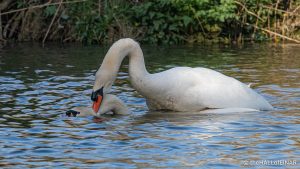Basal knob
That huge lump on the base of this Mute Swan’s beak is called a basal knob. Knowing that, however, tells you nothing about its function. What exactly is it for?
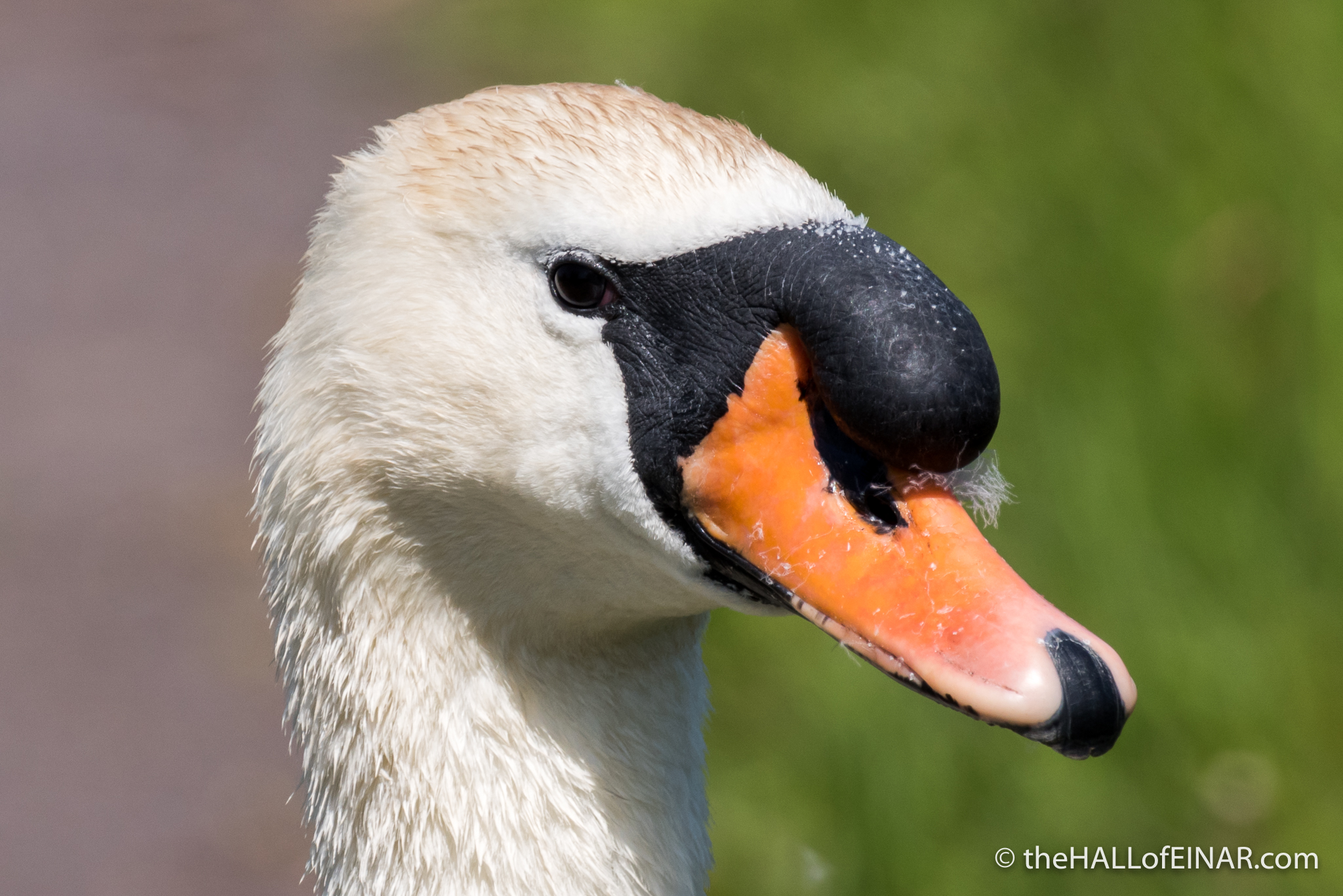
There are many species which have them. Often they’re larger in the males and they often change colour during the breeding season. It may be they’re caused by sexual selection by females looking for the healthiest mates for their family-to-be. But why there? And why like that?
Many people think that science has the answers to most questions about the natural world that we can ask, yet there’s still so much of life we don’t understand. Perhaps we should study nature and find out, before we’ve made many of the world’s species extinct?
More Mute Swans
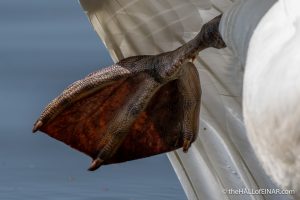 Dinosaur feet Seeing a scaly foot emerging from this Mute Swan's plumage is a great reminder of the evolution of birds from… read more
Dinosaur feet Seeing a scaly foot emerging from this Mute Swan's plumage is a great reminder of the evolution of birds from… read more S-bend Evolution doesn't result in perfection, but in ridiculous compromises, recoveries from enforced limits and the sheer variety of difference achieved… read more
S-bend Evolution doesn't result in perfection, but in ridiculous compromises, recoveries from enforced limits and the sheer variety of difference achieved… read more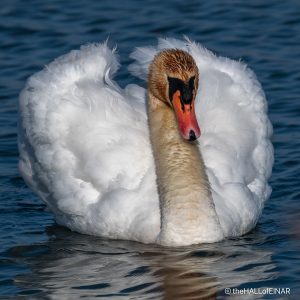 White wedding Swans are exceptional birds. I particularly like Mute Swans, but that's because I've yet to see a Bewick's Swan or… read more
White wedding Swans are exceptional birds. I particularly like Mute Swans, but that's because I've yet to see a Bewick's Swan or… read more Bird portraits at Daisy Nook Birds have evolved a wide range of faces. Here's a Coot with that large white faceplate: And a Mute Swan… read more
Bird portraits at Daisy Nook Birds have evolved a wide range of faces. Here's a Coot with that large white faceplate: And a Mute Swan… read more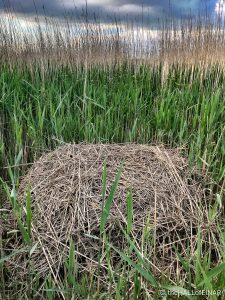 The Swan’s nest I'm walking through a narrow walkway in the reeds, looking for Reed Warbler's nests, when I come across a Swan-made… read more
The Swan’s nest I'm walking through a narrow walkway in the reeds, looking for Reed Warbler's nests, when I come across a Swan-made… read more